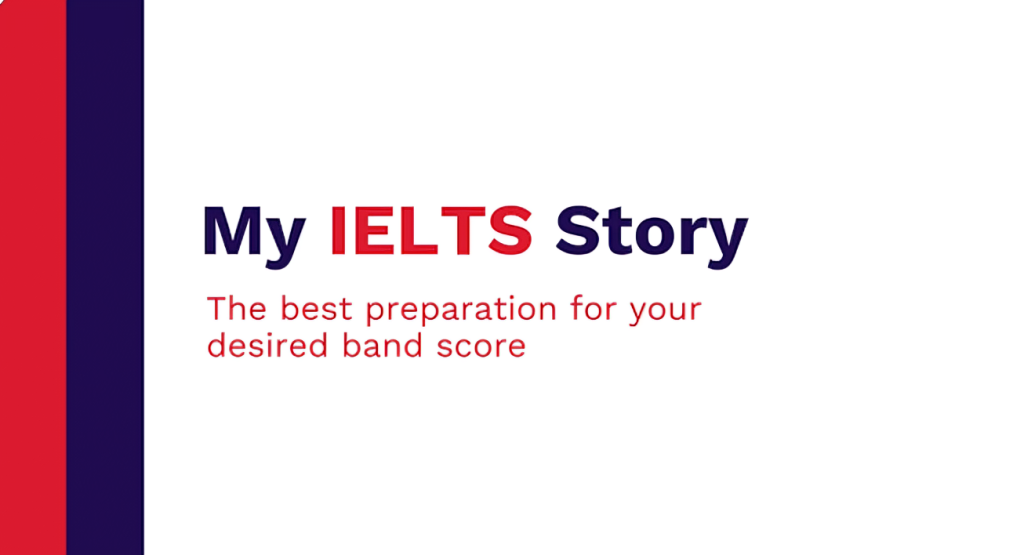Are Property Investors Buying or Selling Right Now?
Australia’s property market is witnessing a complex dance between property investors looking to buy and those looking to sell. In the wake of shifting market trends and government policies, new research by CoreLogic reveals that investor activity remains strong, with more investors buying than selling, despite challenges in some states like Victoria.
According to Jim Malo’s article, “Australia House Prices: Are Property Investors Buying or Selling Right Now?”, CoreLogic data shows an increase in new investor loans across the country, outpacing the number of properties being listed by investors. In October, investor listings rose to about 13,000, but this figure is still below its peak from November 2021. Meanwhile, the number of new loans to investors reached 18,400, suggesting a steady inflow of new investors. CoreLogic’s Eliza Owen explains, “One [narrative] is that investors are done. Then there’s this other piece…investors are making up a bigger chunk of the market.” ABS data supports this, indicating a 18.8% increase in new loans to investors over the past year.
In Victoria, the investment landscape appears a bit more turbulent. Recent changes to land tax and increased protections for renters have led to a rise in investor listings, though these are mostly units, which have seen substantial price declines in certain Melbourne suburbs. Westpac senior economist Matthew Hassan suggests this trend may reflect an overall slowing of the Melbourne market rather than a mass exodus of landlords. “It does challenge the notion [of landlords leaving en masse],” says Hassan. He notes that Melbourne’s sluggish capital growth, combined with policy changes, has affected investor confidence, although “the number of loans is a little bit higher than what we see in the listings data.”
New South Wales, on the other hand, aligns more closely with the national trend. The state saw a 20% rise in new investor loans over the past year, alongside an uptick in investor listings that were 7% higher than the five-year average. The difference between NSW and Victoria, according to Owen, is that while Victoria’s listings are marginally higher, “The number of loans is a little bit higher than what we see in the listings data but that’s not as robust as the national figure.”
This shift in investor demographics could signal a larger trend towards financially stable, less-leveraged investors entering the market. As Equilibria Finance’s Anthony Landahl notes, investor confidence is bolstered by a clearer understanding of cash flow requirements. He observes that “while the rental market is quite strong, [investors] are acknowledging they’re still cash flow negative month to month.”
Reference:

Melissa Fisher
Founder, Acuity Development Group & The Right Team

